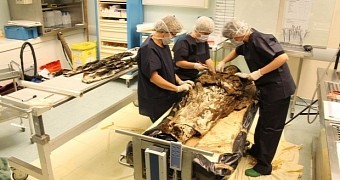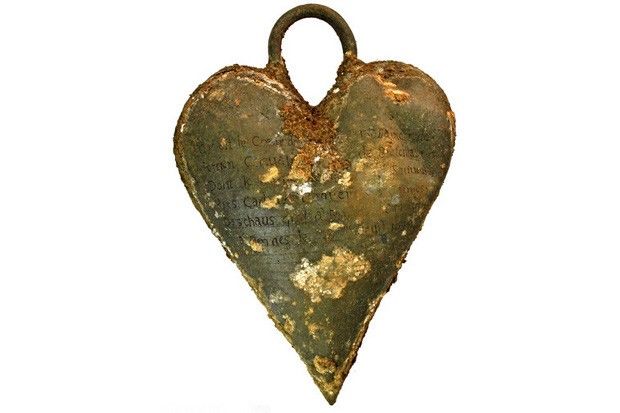Back in last year's March, archaeologists exploring the premises of a convent in the city of Rennes in France came across the mummified remains of a woman who lived sometime during the 17th century.
Having examined the corpse and the artifacts found next to it, a team of scientists with the French National Institute for Preventive Archaeological Research identified the mummy as a noblewoman by the name of Louise de Quengo.
In a report, the specialists behind this investigation explain that, of the corpses they have had the chance to examine over the years, most of those over 3 centuries old were basically skeletons in that they only comprised bones and teeth.
When discovered in March 2014, however, Louise de Quengo's body still included soft tissues and even organs. Scientists could identify stones in her kidneys and even found evidence of lung trouble.
According to historical records, the woman passed away in 1656, in her 60s. Having been left a widow quite some time prior to her death, researchers suspect that she spent her last years at the convent where her body was found.
The woman was buried together with her husband's heart
Louise de Quengo was laid to rest wearing a simple religious vestment. Over the years, her burial clothes degraded to a considerable extent. Even so, specialists managed to restore them and plan to eventually put them on display at a local museum.
The noblewoman was arranged in her tomb in a lead coffin, her arms carefully placed over her chest and made to hold a crucifix. Despite her rank, archaeologists didn't find any jewelry on her or at least placed next to her corpse, The Local informs.
What they did find was a heart-shaped locket. When they opened it, they were quite surprised to discover an actual human heart inside it. It is believed that this heart belonged to Louise de Quengo's husband, nobleman Toussaint Perrien.
Historians explain that, centuries ago, it was common practice to have the heart or other vital organs of deceased individuals removed and gift them to their loved ones or to religious institutions.
It is understood that, later this year, the noblewoman will be reburied somewhere in Rennes.

 14 DAY TRIAL //
14 DAY TRIAL // 


